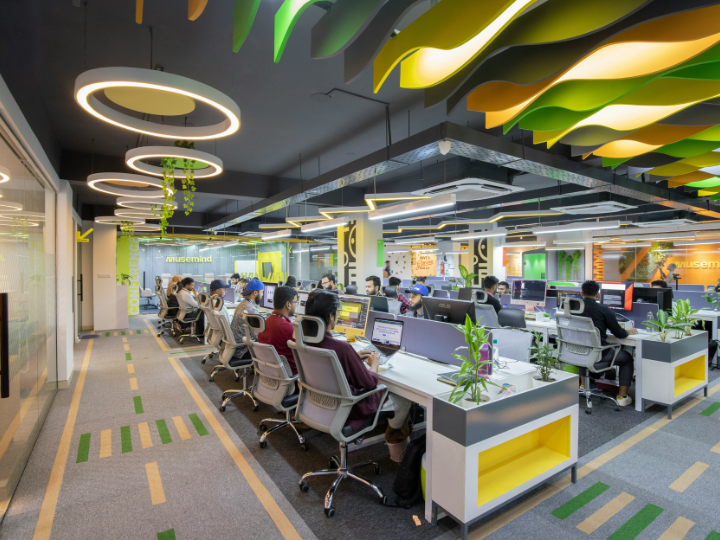1. The worldwide working-age population — people aged between 15 and 64 — doubled from approximately 2 billion in 1970 to approximately 4 billion in the early 2000s. It is on track to reach 6 billion in the 2040s.
2. The global working-age population is expected to peak at just under 6.3 billion by around 2070. It will then go into reverse.
3. China is among the countries most affected by the development. In 2023, just 20% of China’s population was in the current retirement bracket of 60 and over. By 2100, it will be over 52% of China’s population.
4. In contrast, while approximately 18% of Australia’s current population is in the retirement bracket of 65 and over, that figure is projected to only rise to 28% by 2100.
5. The challenge is also very pronounced in much of Europe. In 2022, the EU’s working-age population accounted for approximately 64% of the total population. This share is projected to decline to approximately 54.4% by 2100. That is bound to have a significant impact on the region’s economic prospects.
6. Italy and Portugal have the highest share of elderly populations in Europe, with 24% aged 65 and older in 2023. In contrast, Iceland, Luxembourg and Turkey have the lowest share, each with under 15%.
7. The projected change in the working-age population by 2100 among the G7 group of nations varies widely, with Canada (+18%) and the United States (+8%) in the positive, and the UK (-5%), France (-8%), Germany (-27%), Japan (-46%) and Italy (-52%) in the negative.
8. One way to increase the working-age population is by attracting young migrant workers. But this is a zero-sum game as every worker gained by one country is a worker lost by another.
9. To mitigate the impact of an aging population and the competition for young workers, nations may increasingly rely on technology and automation to fill labor gaps, transforming the workforce landscape.
10.The countries currently relying most on automation for production, as measured by robot density, are: The Republic of Korea (approximately 1,000 robots per 10,000 employees), Singapore (approximately 730 units) and Germany (approximately 400 units).
*first published in: Theglobalist.com




 By: N. Peter Kramer
By: N. Peter Kramer

